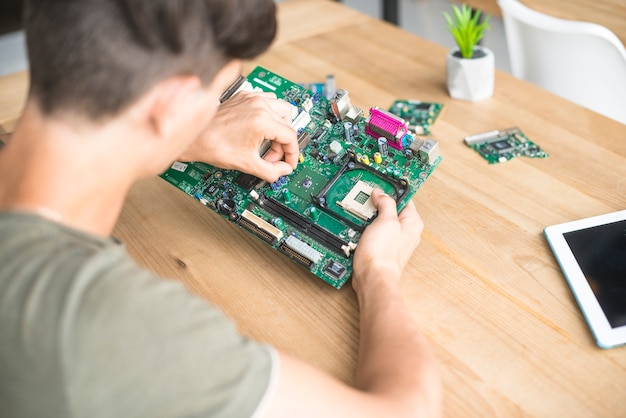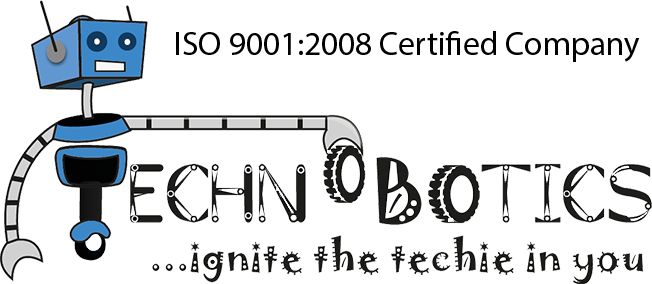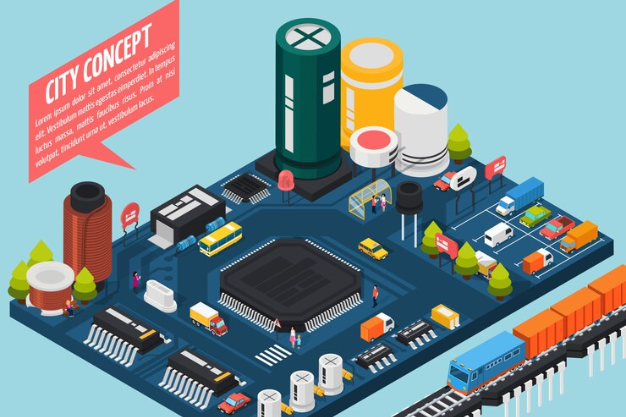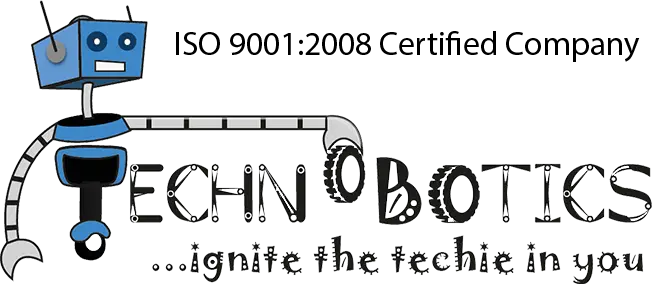Breadboard electronics for beginners play an important role in education, especially in electronics and engineering. The breadboard is a versatile and reusable platform to construct electronic circuits without soldering. This tool is particularly beneficial for beginners, allowing them to explore and experiment with electronic circuits in an easy, cost-effective, and safe manner. Understanding the importance of breadboard electronics in education helps highlight its value in fostering learning and innovation.
Reasons Why Breadboard Electronics Is Important In Education?
Hands-on Learning
One of the main reasons breadboard electronics is essential in education is because it promotes hands-on learning. Students are not just passively absorbing information but actively engaging with the material. Students can better understand how electronic components work and interact by physically building circuits. This tactile experience reinforces theoretical concepts learned in textbooks and lectures.
Encourages Experimentation and Creativity
Breadboards allow for quick and easy modifications to circuits. This flexibility encourages students to experiment and innovate. Students can easily rearrange components to troubleshoot and find solutions if a circuit does not work as expected.
Safe and Reusable
Safety is a crucial consideration in educational environments. Breadboards are designed to be safe, with no need for soldering, which can be dangerous and intimidating for beginners. Components can be inserted and removed without damaging, making breadboards reusable. This reusability is not only environmentally friendly but also cost-effective for educational institutions.
Foundation for Advanced Learning
For beginners, breadboard electronics serve as an essential foundation for more advanced topics in electronics and engineering. Once students are comfortable with breadboards, they can transition to designing and creating printed circuit boards (PCBs). This progression helps students understand electronic design and assembly comprehensively, preparing them for more complex projects and professional work.
Immediate Feedback
Another significant advantage of breadboard electronics is the immediate feedback it provides. When students build a circuit, they can see the results of their work instantly. If a light bulb lights up or a motor starts running, students receive direct confirmation that they have successfully constructed the circuit. If something doesn’t work, they can quickly identify and rectify the issue. This instant feedback loop enhances learning and keeps students engaged and motivated.
Breadboard Electronics for Beginners
 Starting with breadboard electronics can seem daunting for beginners, but it is a highly accessible and rewarding experience. Here are some tips and steps for beginners on breadboard electronics.
Starting with breadboard electronics can seem daunting for beginners, but it is a highly accessible and rewarding experience. Here are some tips and steps for beginners on breadboard electronics.
1. Understanding the Breadboard:
A breadboard is a rectangular plastic board with a grid of holes. These holes are connected in a specific pattern underneath the board, allowing electronic components to be interconnected. The first step is to understand this internal connection layout.
2. Fundamental Components:
Start with electronic components such as resistors, capacitors, LEDs, and transistors. Identifying and using these components is crucial for building simple circuits.
3. Simple Circuits:
Begin with simple projects, like lighting an LED. This involves connecting a power source, a resistor, and an LED in series on the breadboard. Such projects help build confidence and understanding.
4. Circuit Diagrams:
Learn to read and draw circuit diagrams. These schematics are essential for planning and building more complex circuits. Translating a circuit diagram onto a breadboard is a crucial skill.
5. Experimentation:
Feel free to experiment. Try building different circuits, adjusting component values, and observing the outcomes. This hands-on experimentation solidifies learning and fosters curiosity.
6. Resources and Kits:
Utilize available resources, such as online tutorials, videos, and beginner kits that include all necessary components and detailed instructions for various projects.
Importance of Electronic Circuits Education

Understanding electronic circuits is fundamental for anyone interested in electronics and engineering. Breadboards make it easy to explore how electronic circuits function, how different components interact, and how to troubleshoot issues. This practical experience is invaluable for students as it gives them a deeper appreciation and understanding of the principles of electronic circuits.
Once students are proficient with breadboards, the next step often involves designing and creating PCBs (Printed Circuit Boards). PCB assembly involves permanently attaching electronic components to a board used in nearly all electronic devices. Understanding the transition from breadboard prototypes to PCB design is crucial. It gives students insight into the entire electronic product development process, from concept to finished product.
For those looking to further their education or career in electronics, local PCB assembly services can be highly beneficial. Searching for “pcb assembly near me” can help students and hobbyists find local resources and support for their projects. These services often provide valuable hands-on experience with more advanced, professional tools and techniques.
Conclusion
In conclusion, breadboard electronics for beginners is a fundamental aspect of electronics education, offering a hands-on, safe, and versatile way for students to learn and experiment with electronic circuits. For beginners, breadboarding provides an accessible entry point into the world of electronics, fostering practical knowledge that textbooks alone cannot provide. As such, at Technobotics, incorporating breadboard electronics into the educational curriculum is easy for nurturing the next generation of engineers and innovators


